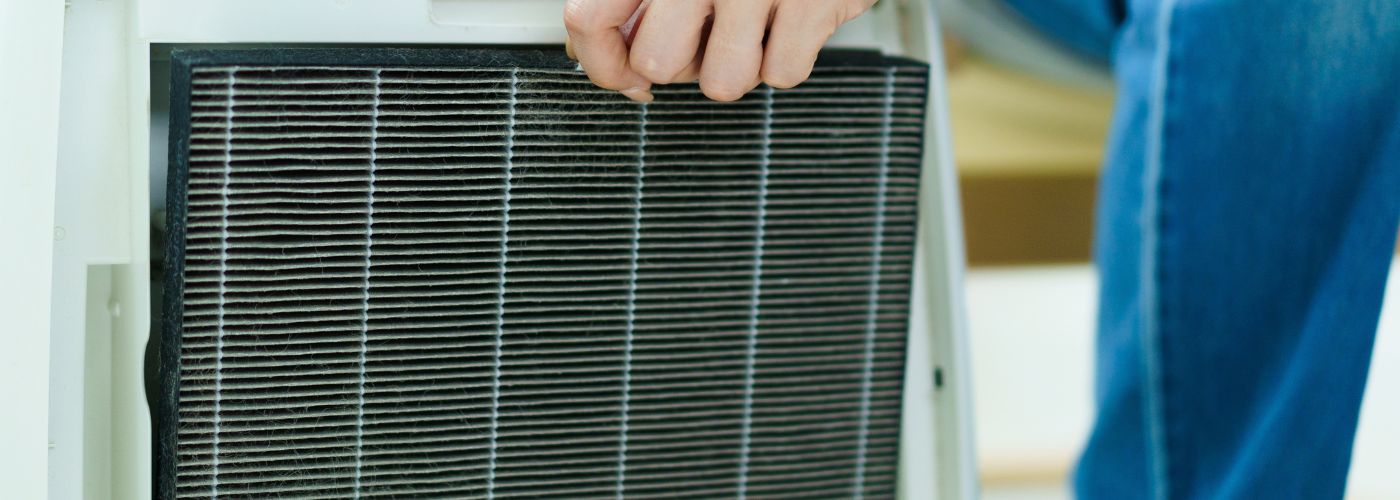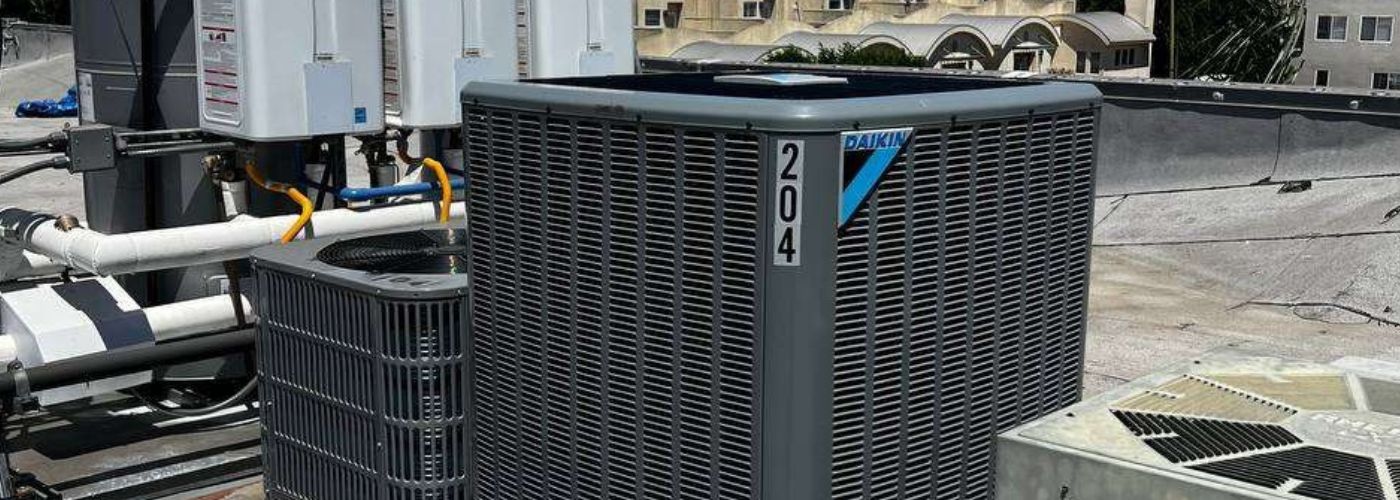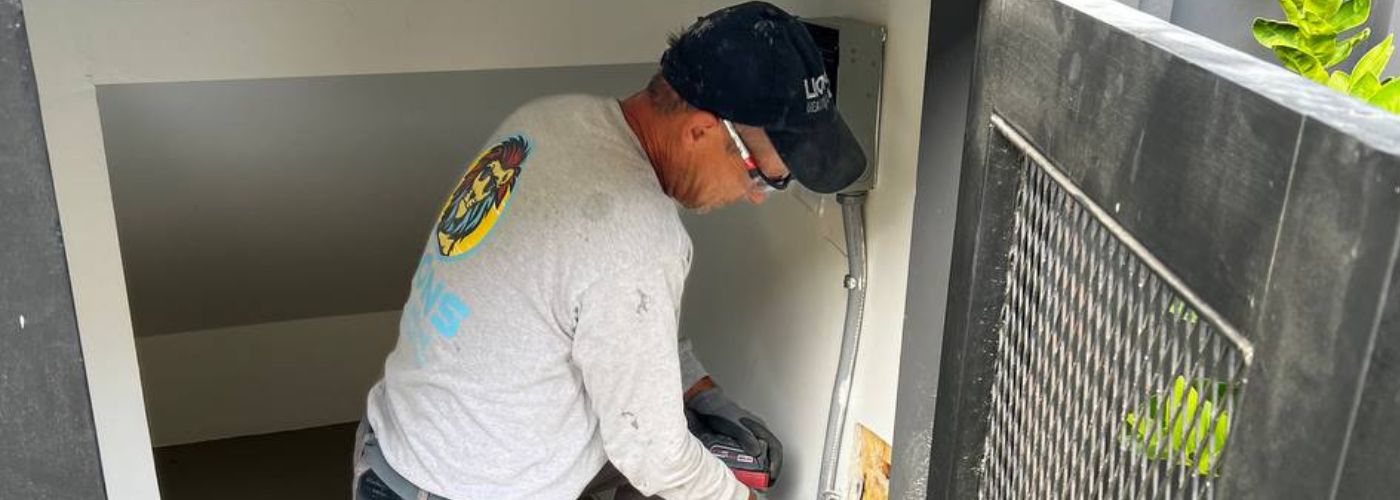As the temperature climbs or plummets, our reliance on HVAC systems becomes palpable. Yet, amidst the comfort they provide lies a web of myths that homeowners believe. Let’s dive into the common myths about HVAC maintenance. While some myths may be true, there is still a lot of misinformed information regarding HVAC systems and services.
What Are Common Common Myths About HVAC Maintenance?
One prevalent myth about HVAC maintenance is that it’s only necessary when something goes wrong. Many homeowners believe that as long as their system is operating without issues, regular checks are unnecessary.
However, neglecting routine maintenance can lead to minor problems escalating into major repairs or even complete system failures. Just like a car requires oil changes and tune-ups despite running smoothly, HVAC systems thrive on preventive care to ensure optimal performance and longevity.
Additionally, regular maintenance helps to improve energy efficiency. Over time, dirt and debris can accumulate in the system’s filters and coils, forcing the unit to work harder to maintain desired temperatures.
This increased strain not only raises utility bills but also shortens the lifespan of the equipment. By scheduling routine check-ups, homeowners can ensure that their systems run efficiently, ultimately saving money and reducing environmental impact.
Should You Change Your Air Filters Often?
One of the most prevalent myths surrounding HVAC maintenance is the belief that air filters only need to be changed seasonally. In reality, the frequency with which you should change your air filters depends significantly on factors.

For instance, homes with furry companions or in dust-prone areas may require monthly filter changes to maintain optimal airflow and indoor air quality. Not only do dirty filters strain your system and increase energy bills, but they can also trap allergens and pollutants inside your home.
This leads to decreased indoor air quality, which can exacerbate respiratory issues for you and your family. Depending on usage and filter type, it’s often recommended to check them monthly.
You can check for the type of air filter you have by looking at the specifications provided by the manufacturer or examining your current filter for size and material. Common types include fiberglass, pleated, and HEPA filters, each with different lifespans and filtration efficiencies.
Can Thermostat Settings Significantly Impact Energy Bills?
One common myth surrounding HVAC maintenance is that a thermostat settings don’t significantly impact energy bills. However, maintaining a consistent temperature—ideally around 78°F in summer—can reduce strain on the system and optimize energy efficiency.
A programmable or smart thermostat can adjust temperatures based on your schedule, further enhancing savings while keeping you comfortable. Understanding these truths about HVAC maintenance isn’t just about debunking myths; it’s about empowering homeowners to make informed decisions that lead to better comfort and lower costs over time.
Some of the top smart thermostat brands are Daikin, Ecobee, Nest, and Pro1. These devices not only allow for precise temperature control but also offer features like humidity monitoring, energy usage reports, and remote access via smartphone apps.
By leveraging these advanced technologies, homeowners can track their HVAC performance and adjust settings on-the-go, ensuring optimal comfort while minimizing unnecessary energy consumption.
Does A Larger Unit Always Provide Better Cooling or Heating?
One prevalent myth about HVAC systems is the belief that a larger unit always provides better cooling or heating. While it may seem logical to think that more capacity translates to superior performance, this misconception can lead to significant issues.

Oversized units often cycle on and off too frequently, preventing them from achieving optimal efficiency. This constant cycling not only wastes energy but also leads to uneven temperatures throughout your home, with some rooms feeling chilly while others remain uncomfortably warm.
It is recommended that homeowners consult with a certified HVAC professional to determine the appropriate size and capacity for their specific needs. A careful assessment, often referred to as a Manual J calculation, takes into account factors such as the square footage of your home, insulation quality, window sizes and types, and local climate conditions.
Is It Safe To Perform Your Own HVAC Repairs?
One prevailing myth about HVAC maintenance is that it’s perfectly safe to perform your own repairs, especially with the wealth of DIY guides available online. While some basic tasks like changing filters or cleaning vents can be manageable, delving deeper into system repairs often requires specialized knowledge and tools.
Attempting complex fixes without the proper expertise not only puts your safety at risk—due to potential electric shocks or gas leaks—but also can lead to more severe damage that might void warranties.
Additionally, many HVAC systems are intricate and sensitive to specific adjustments. An inexperienced person may misdiagnose a problem or overlook some essential components, leading to inefficient operation or increased energy costs.
Can Skipping Seasonal Tune-Ups Save You Money?
One prevalent myth surrounding HVAC maintenance is that skipping seasonal tune-ups can save you money. While it might seem like a cost-effective approach in the short term, neglecting these crucial check-ups can lead to more significant expenses down the line.
A well-maintained system operates efficiently, minimizing energy costs and preventing costly breakdowns. In fact, studies show that a single neglected service could result in higher utility bills or even catastrophic failures that demand expensive repairs.
You can tell that your HVAC system needs service when you notice a decline in its performance. Signs that your system may require attention include inconsistent temperature fluctuations throughout your home, unusual noises such as grinding or rattling during operation, and the presence of strange odors from the air duct vents.
Frequently Asked Questions (FAQ)
No. Waiting until something breaks is one of the biggest myths about HVAC maintenance. Even if your system seems to be running normally, dust, debris, and wear-and-tear can quietly build up over time. Regular tune-ups help catch small issues early, improve efficiency, reduce the risk of breakdowns, and extend the overall lifespan of your equipment.
The idea that filters only need to be changed once or twice a year is another common misconception. In reality, most homes should check filters monthly and replace them every 1–3 months, depending on factors like pets, allergies, and dust levels. Clean filters keep airflow strong, improve indoor air quality, and help your system run more efficiently.
No. Oversizing your HVAC system can actually create more problems than it solves. A unit that’s too large will turn on and off frequently, leading to uneven temperatures, higher energy bills, and more wear on components. The best system is properly sized for your home using a professional load calculation, not simply the largest unit you can buy.
